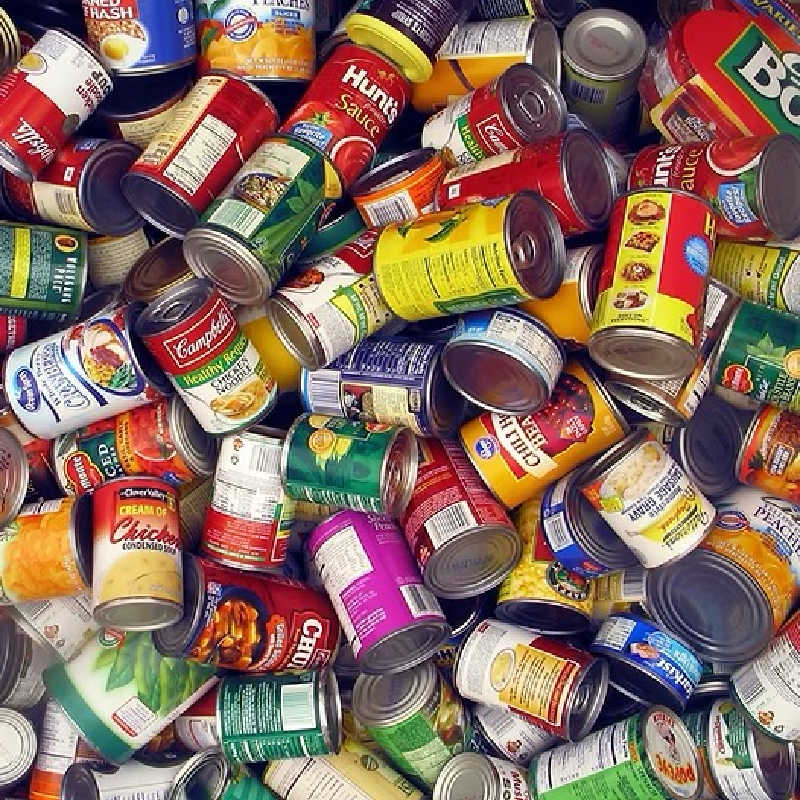
How to Stockpile and Rotate Emergency Supplies Efficiently (Without Losing Your Mind!)
Being prepared for emergencies is essential, whether you’re bracing for natural disasters, economic downturns, or unforeseen crises. But let’s be honest—stockpiling can feel overwhelming if you don’t have a solid plan.
The key? Smart stockpile rotation! Keeping your emergency stash fresh, organized, and ready to use is the secret to successful prepping.
So, let’s dive into how to build and rotate your stockpile like a pro (without it feeling like a chore).
Know What You’re Prepping For
Before stacking cans and hoarding water bottles, identify your risks. Hurricanes? Power outages? Zombie apocalypse? (Hey, we’re not judging.) Knowing your biggest threats helps you build a stockpile that makes sense.
Consider Who (and What) You’re Stocking Up For
-
How many people (and pets) are in your household?
-
Any dietary restrictions or medical needs?
-
Infants, seniors, or special requirements to consider?
Build a Smart Emergency Supply List
A well-rounded emergency stockpile isn’t just about food—it’s about having the essentials that will truly sustain you.
Food and Water: The Foundation of Any Stockpile
-
Water: At least one gallon per person per day for two weeks.
-
Non-Perishables: Canned goods, dried beans, rice, pasta, powdered milk, peanut butter, freeze-dried meats.
-
Cooking Essentials: Manual can opener, portable stove, fuel, utensils—because cold beans straight from the can get old fast.
Medical & Hygiene Supplies: Stay Healthy, Stay Happy
-
First aid kit (bandages, antiseptics, pain relievers, prescription meds).
-
Hygiene items (soap, toothpaste, hand sanitizer, feminine hygiene products).
-
OTC meds for colds, allergies, and digestive issues.
Emergency Gear: Because Flashlights Are Your Best Friend
-
Flashlights, batteries, solar chargers.
-
Emergency blankets, sleeping bags (stay warm!).
-
Multi-tool, duct tape, waterproof matches, lighters.
-
Important documents stored in waterproof bags.
Storage and Organization—Don’t Let Your Stockpile Turn Into Chaos

Smart storage keeps your stockpile usable and accessible.
Pick the Right Storage Locations
-
Store in a cool, dry place, away from direct sunlight.
-
Use airtight containers to keep moisture and pests out.
-
Spread supplies across multiple locations (pantry, basement, car) in case one area is inaccessible.
Label Everything (Your Future Self Will Thank You!)
-
Waterproof labels with purchase and expiration dates.
-
Group similar items together in labeled bins (e.g., “Canned Goods,” “First Aid,” “Lighting & Power”).
Master the First-In, First-Out (FIFO) System
-
Use the oldest items first and place new ones behind them.
-
Incorporate stockpiled food into your meals to keep everything fresh.
Create a Stockpile Rotation Schedule (Yes, You Need One!)

A stockpile is useless if everything expires before you need it. Regular rotation keeps supplies fresh and effective.
Monthly Check-Ups
-
Inspect food for spoilage.
-
Test flashlights and batteries.
-
Check medication expiration dates.
Quarterly Stockpile Review
-
Restock anything used.
-
Adjust supplies based on current needs.
Annual Deep Clean & Audit
-
Reorganize storage spaces.
-
Replace expired items and donate still-good extras.
-
Update emergency contact lists and evacuation plans.
Keep an Inventory—Guesswork Isn’t a Strategy

Tracking your stockpile prevents waste and overbuying.
Stockpile Tracking Methods
-
Spreadsheets: Log items, quantities, and expiration dates.
-
Mobile Apps: Apps like Sortly or Prepper’s Inventory make tracking easy.
-
Checklists: Keep a printed checklist near your storage area for quick updates.
Budget-Friendly Stockpiling (Because Prepping Shouldn’t Break the Bank)
Stockpiling doesn’t mean emptying your savings. Here’s how to do it on a budget:
-
Buy in Bulk: Stock up when essentials are on sale.
-
Use Coupons & Discounts: Store rewards programs can help cut costs.
-
Grow Your Own Food: Gardening and food preservation supplement your stockpile.
-
Rotate Groceries Into Daily Use: Using and replenishing regularly prevents waste.
Test Your Preparedness Plan—Because Practice Makes Perfect
An emergency stockpile is only useful if you know how to use it.
-
Practice Drills: Simulate power outages or emergencies.
-
Cook with Your Stockpile: Make meals using only stored food to get comfortable with emergency cooking.
-
Review and Update Plans: Keep emergency contacts, evacuation routes, and supplies current.
Conclusion: Stay Ready, Stay Smart
Building and maintaining a stockpile doesn’t have to be stressful. By focusing on smart stockpile rotation, organization, and regular check-ins, you’ll always have fresh, usable supplies when you need them most. Start small, stay consistent, and make prepping part of your routine—future you will be grateful!

